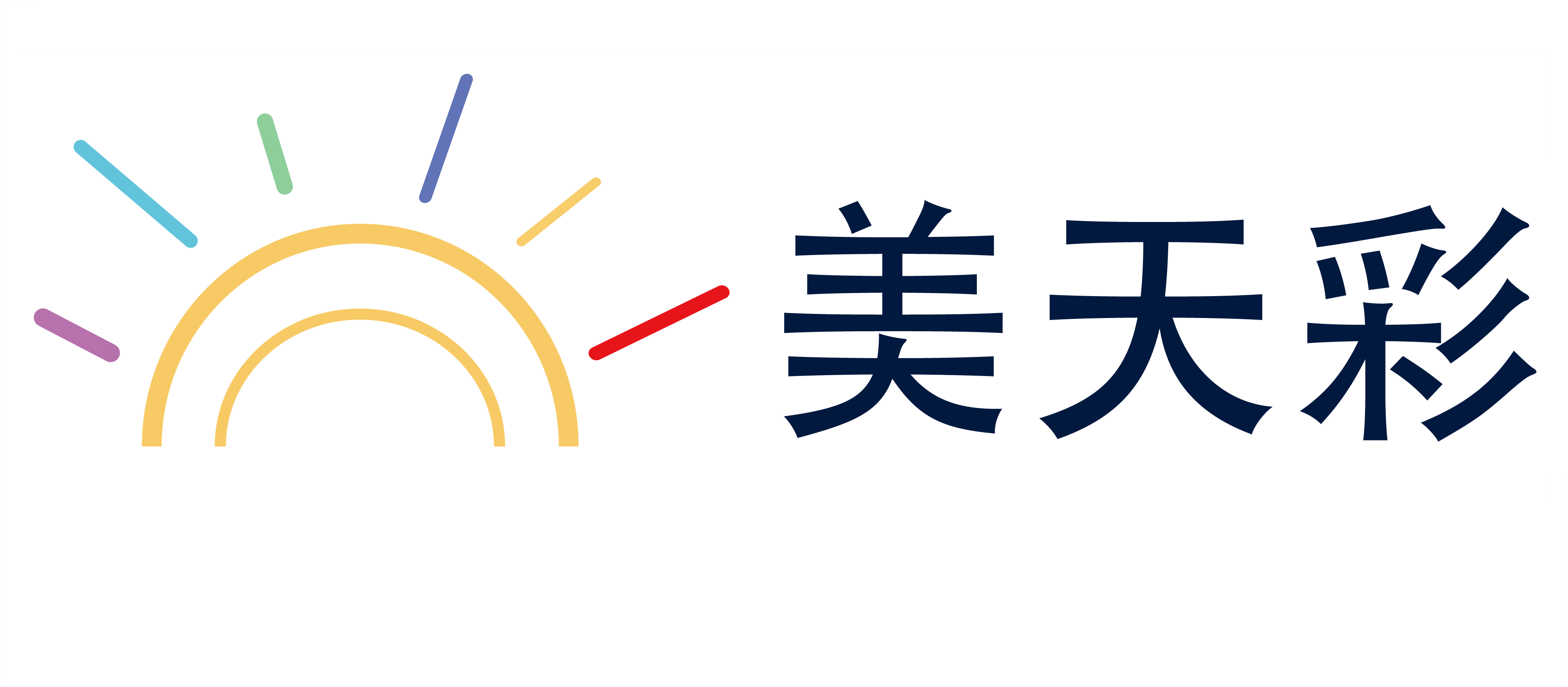进出口总额与收付汇金额
贸易 blot and income flows: Understanding the Balance of Payments
The balance of payments is a fundamental concept in international economics that provides a comprehensive overview of a nation's economic transactions with the rest of the world. It encompasses both the inflows and outflows of both goods and services, as well as financial assets. This article delves into the intricacies of the balance of payments, exploring its structure, key components, and significance in shaping a nation's economic trajectory.
At its core, the balance of payments consists of two main accounts: the trade balance and the balance of financial capital. The trade balance, often referred to as the trade in goods and services, reflects the difference between a country's exports and imports. If exports exceed imports, the country enjoys a trade surplus; conversely, if imports surpass exports, it results in a trade deficit. The trade balance is typically the largest component of the balance of payments, accounting for a significant portion of a nation's total international transactions.
The second component, the balance of financial capital, captures the net flow of financial assets and liabilities between a country and the rest of the world. This includes transactions involving stocks, bonds, and other financial instruments. The financial account is crucial as it reflects a nation's net ownership of foreign assets and the foreign ownership of domestic assets. A positive balance in the financial account indicates an inflow of foreign investment, while a negative balance suggests outflows.
Together, the trade balance and the financial account provide a holistic view of a nation's economic performance. A healthy trade balance, combined with a favorable financial account, can bolster a country's currency, attract foreign investment, and stimulate domestic industries. Conversely, a trade deficit coupled with a negative financial account may signal economic vulnerabilities, prompting policymakers to implement corrective measures.
The balance of payments also includes intermediate transactions, such as the processing and distribution of exported goods. These transactions, often referred to as "middlemen" transactions, are not directly recorded in the trade balance but play a critical role in the overall flow of goods and services. They facilitate trade by introducing products to domestic markets and enhancing distribution efficiency.
Understanding the balance of payments requires examining its components in detail. The trade balance is further divided into exports and imports, each encompassing a wide range of goods and services. Exports include tangible products like manufactured goods, agricultural products, and raw materials, as well as intangible products such as software and financial services. Imports, on the other hand, consist of goods and services acquired from other countries, including machinery, vehicles, and consumer goods.
The financial account, meanwhile, is composed of several subaccounts, including net investment income, net transfers, and net change in official reserves. Net investment income reflects the difference between interest, dividends, and profits earned by domestic residents on foreign investments and the income earned by foreign residents on domestic investments. Net transfers include unilateral transfers, such as foreign aid, and transfers of goods and services, such as tourism and sports exchanges. The net change in official reserves captures the difference between the central bank's purchase and sale of foreign currency.
The balance of payments is influenced by a variety of factors, including exchange rates, trade policies, and economic conditions. Exchange rates play a pivotal role in determining the competitiveness of a country's exports and the cost of imports. A weaker domestic currency can make exports more attractive to foreign buyers, thereby improving the trade balance. Conversely, a stronger currency can make imports more expensive, exacerbating a trade deficit.
Trade policies, such as tariffs and trade agreements, also have a significant impact on the balance of payments. Tariffs can protect domestic industries by making imported goods more expensive, potentially improving the trade balance. Trade agreements, such as free trade zones and preferential trade agreements, can facilitate the movement of goods and services, enhance efficiency, and boost economic growth.
Economic conditions, such as inflation, interest rates, and government fiscal and monetary policies, also influence the balance of payments. Inflation can erode the purchasing power of a country's currency, making exports more competitive and imports more expensive. Interest rates affect the cost of capital and the return on investments, thereby influencing both the trade balance and the financial account.
The balance of payments serves as a crucial tool for assessing a nation's economic health and guiding policy decisions. By monitoring the trade balance and the financial account, policymakers can identify imbalances and take corrective measures to stabilize the economy. For instance, a persistent trade deficit may require import substitution policies or the imposition of tariffs to reduce the reliance on foreign goods. Similarly, a negative financial account may necessitate foreign investment or the sale of domestic assets to restore balance.
In conclusion, the balance of payments is a multifaceted framework that provides deep insights into a nation's economic performance and global standing. It encompasses the trade balance, the financial account, and intermediate transactions, offering a comprehensive perspective on international trade and financial flows. By analyzing its components and the factors that influence it, policymakers and economists can make informed decisions to promote sustainable economic growth and foster international cooperation.
上述信息,涵盖图片、视频以及各类文字资料,美天彩仅扮演信息存储的角色。若存在任何侵犯知识产权或其他合法权益的情形,请立即联系我们删除,切实维护您的权益。
郑重声明
- 延伸阅读:
- 上一篇:物流园进出口付汇美金
- 下一篇:进出口收付汇目的

Experts Q & A
外贸专家答疑
为了帮助您更快地解决问题,建议向我们的外贸专家进行咨询,提供专业的方案咨询和策划。


马上留言 (0) 0